blog»Conversion Rate Optimization»Effective Online Advertising Techniques for E-Commerce Brands

Effective Online Advertising Techniques for E-Commerce Brands
2025/04/07
You can read this article in about 19 minutes
Introduction
Running ads isn’t enough anymore. To grow your online store, you need effective online advertising techniques that cut through the noise and drive real results.
In 2025, e-commerce brands face higher ad costs, tighter competition, and fast-changing platforms. But with the right strategy, it’s still possible to attract the right audience, convert them into buyers, and scale your business profitably.
This guide breaks down the most effective online advertising techniques for e-commerce, including targeting tactics, creative tips, retargeting, and full-funnel strategies. Whether you’re launching your first campaign or optimizing your tenth, these tips will help you get more out of every ad dollar.
2. Nail Your Audience Targeting
One of the most effective online advertising techniques for e-commerce is getting your targeting right. You can have the best ad creative in the world—but if you’re showing it to the wrong people, you’re wasting budget.
Why it matters:
- Precise targeting means higher engagement and lower ad costs
- It reduces irrelevant traffic that doesn’t convert
- You build more meaningful connections with potential buyers
How to get it right:
- Use lookalike audiences based on your best customers—people who behave like your current buyers are more likely to convert.
- Create custom segments like past purchasers, cart abandoners, or frequent browsers.
- Tap into interest-based targeting on platforms like Meta and TikTok to reach niche communities (runners, new parents, pet owners, etc.).
- Use zero-party data (like quiz responses or email signups) to build more relevant ad audiences.

Recommended tools:
- Meta Pixel and Google Enhanced Conversions to track user behavior and feed your algorithms
- Klaviyo, Ptengine, or Shopify segments to create rich audience lists for remarketing
- Use first-party data from your store to power custom email and ad flows
3. Focus on Thumb-Stopping Creatives
Once you’re targeting the right people, the next step is catching their attention. In today’s scroll-happy world, effective online advertising techniques rely on one thing first: great creative.

People don’t read ads. They feel them—in seconds. That’s why strong visuals and emotionally-driven messaging matter more than ever.
What works for e-commerce:
- Short-form video: Think Reels, TikToks, and GIFs—show the product in use, not just a static image.
- Carousel ads: Perfect for showing product features, color variants, or “how it works” steps.
- User-generated content (UGC): Real people using your product builds trust faster than polished brand posts.
- Text overlays and captions: Make sure your message lands with or without sound.
- Lifestyle over product-only shots: Show your product in context—not just on a white background.
Bonus creative tips:
- Use contrast and motion to stop the scroll.
- Add emotional or benefit-driven headlines directly in the creative.
- Test ad formats by platform—what works on TikTok won’t always work on Instagram or Google Display.
4. Run Retargeting Campaigns That Feel Personal
Not every visitor buys the first time—and that’s okay. But letting them walk away without a second chance? That’s a missed opportunity. One of the most effective online advertising techniques in e-commerce is smart, personalized retargeting.
When done right, retargeting feels less like a pushy sales pitch and more like a helpful nudge.
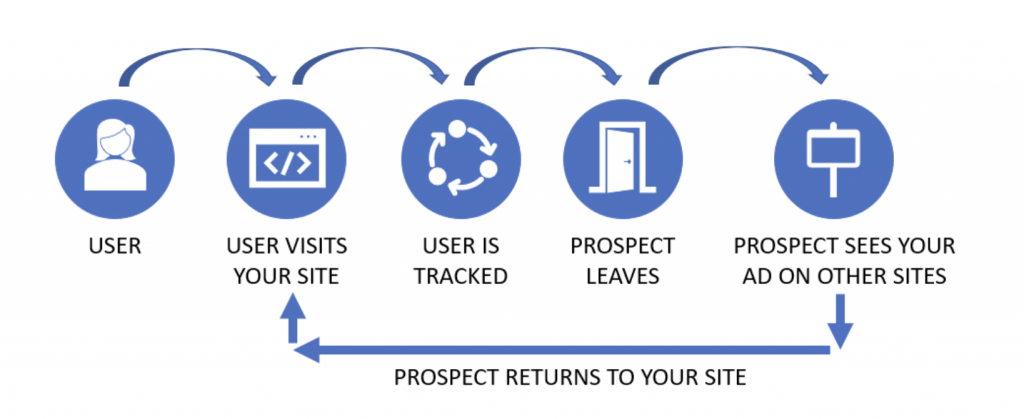
Who to retarget:
- Cart abandoners – Show them the exact product they left behind
- Product page viewers – Remind them what they browsed, with added social proof or urgency
- Past customers – Suggest related items or upsell offers based on previous purchases
Make it feel personal:
- Use dynamic product ads to display the items they viewed
- Add urgency messaging (“Selling fast” or “Only 3 left”)
- Include customer reviews or testimonials in the ad copy
- Adjust creative based on behavior—casual browsers need more education, cart abandoners just need a reason to come back
Tools to help:
- Meta Dynamic Ads, Google Remarketing, or Klaviyo flows
- Use Shopify customer segments to fine-tune audience rules
- Connect retargeting with email flows for consistent messaging across channels
Retargeting isn’t about being everywhere—it’s about showing up with the right message, at the right time, to the right people.
5. Test Copy Variations (A/B Test Everything)
The difference between a good ad and a great one often comes down to a few words. That’s why one of the most effective online advertising techniques—especially for e-commerce—is A/B testing.
Too many brands set up a campaign, cross their fingers, and let it run. But testing helps you learn what truly resonates with your audience—and it can lead to big performance wins with small tweaks.
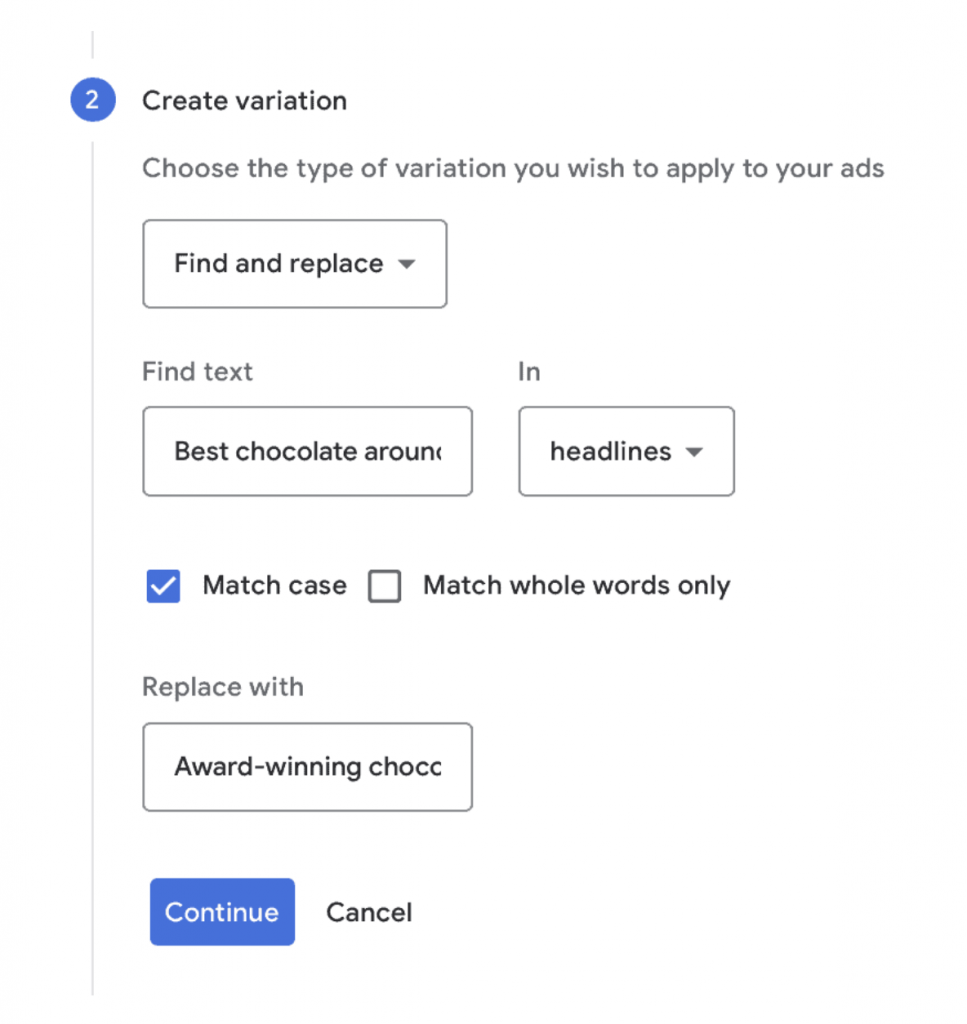
What to test:
- Headlines – Compare benefit-focused vs. feature-focused messaging
- Calls-to-action (CTAs) – “Shop Now” vs. “Get Yours Today”
- Value propositions – Highlight price, speed, exclusivity, or quality
- Social proof – Include a review or quote in one version
- Offer framing – “Save 20%” vs. “Get It for Just $39”
Best practices:
- Test one variable at a time—otherwise, you won’t know what made the difference
- Let tests run long enough to gather statistically significant data
- Start with high-impact tests (headline, image, CTA), then fine-tune from there
- Don’t assume what works—let the data decide
Tools to use:
- Meta A/B Testing (Experiments)
- Google Ads experiments
- Third-party tools like AdEspresso, Optimizely or Ptengine for post-click behavior
Great ad results rarely happen by accident. If you’re not testing, you’re guessing—and guessing is expensive.
6. Use Full-Funnel Campaign Structures
Not all buyers are ready to purchase right away—and that’s why one of the most effective online advertising techniques is to build campaigns that guide shoppers through the full funnel.
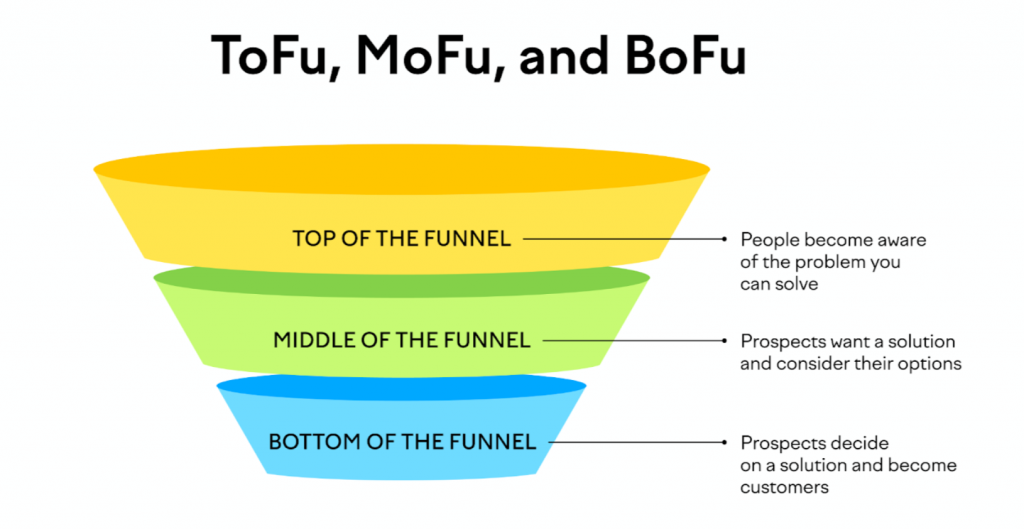
By matching your message to the customer’s intent, you make your ads more relevant—and more profitable.
Break your campaigns into 3 key stages:
Top of Funnel (Awareness)
- Goal: Introduce your brand and product
- Ad types: Short video, storytelling, problem/solution content
- Audience: Cold traffic, interest-based, lookalikes
- Example: “Struggling with dry skin? Here’s how we fixed it.”
Middle of Funnel (Consideration)
- Goal: Build trust and engagement
- Ad types: Product demos, social proof, UGC, email capture offers
- Audience: Video viewers, website visitors, email leads
- Example: “Here’s what 1,200 customers are saying about our serum.”
Bottom of Funnel (Conversion)
- Goal: Close the sale
- Ad types: Discounts, bundles, urgency offers, reviews
- Audience: Cart abandoners, product viewers, return visitors
- Example: “Your cart’s still waiting—grab 10% off and free shipping today.”
Why this works:
- You’re not rushing the sale—you’re earning it
- You meet buyers at their current mindset
- It improves your return on ad spend (ROAS) by increasing relevance
When you structure your campaigns this way, each ad has a clear job to do—and your buyers move forward step by step.
7. Sync Ads With Landing Page Experience
You’ve nailed the ad—great! But if the landing page doesn’t match the message, you’ll lose the sale. One of the most effective online advertising techniques for e-commerce is creating a seamless experience from ad to landing page.
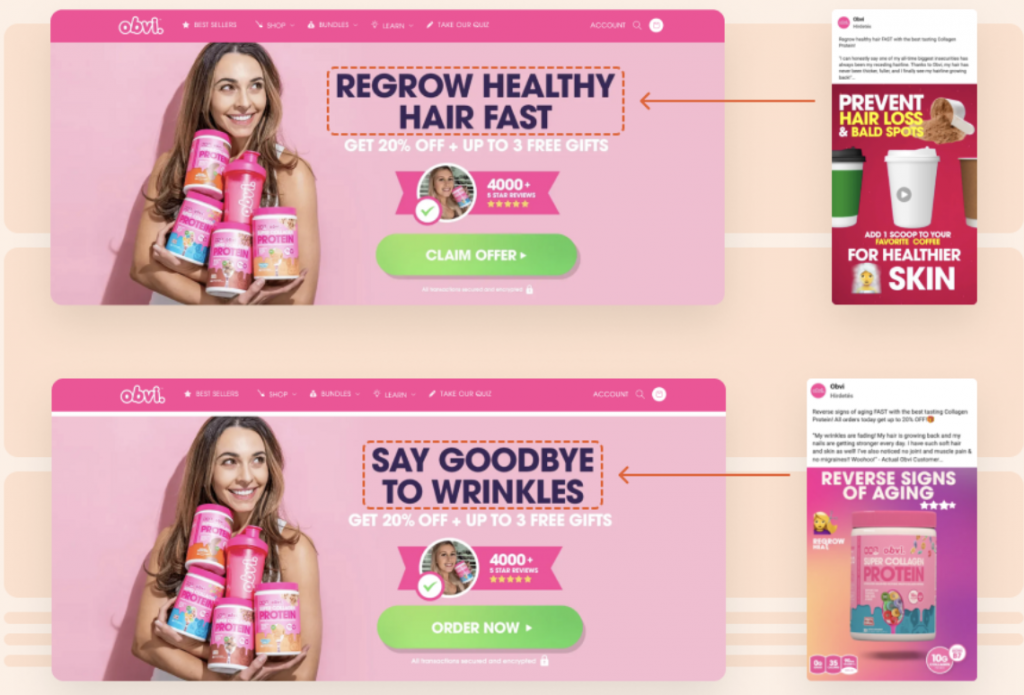
Consistency builds trust, reduces bounce rates, and boosts conversions.
What often goes wrong:
- Ads promote one offer, but the landing page says something else
- Pages are cluttered, confusing, or not mobile-friendly
- CTAs aren’t clear or visible right away
- The product isn’t the first thing shoppers see
How to fix it:
- Match messaging from the ad to the landing page: same headline, same offer, same vibe
- Use dedicated landing pages for specific campaigns or audiences
- Keep it clean: one product, one purpose, one CTA
- Optimize for speed and mobile usability (most ad traffic is mobile!)
Tools to help:
- Use tools like Unbounce, Shopify landing builders, or PageFly for customized pages
- Use Ptengine to see where visitors drop off or get stuck
- A/B test different page layouts just like you test ad creatives
Think of the landing page as your closer. If your ad is the hook, the page is what seals the deal.
8. Track, Learn, and Adapt With the Right Tools
Even the best campaign needs fine-tuning. One of the most effective online advertising techniques isn’t flashy—it’s about tracking what works, learning fast, and adjusting your strategy based on real data.
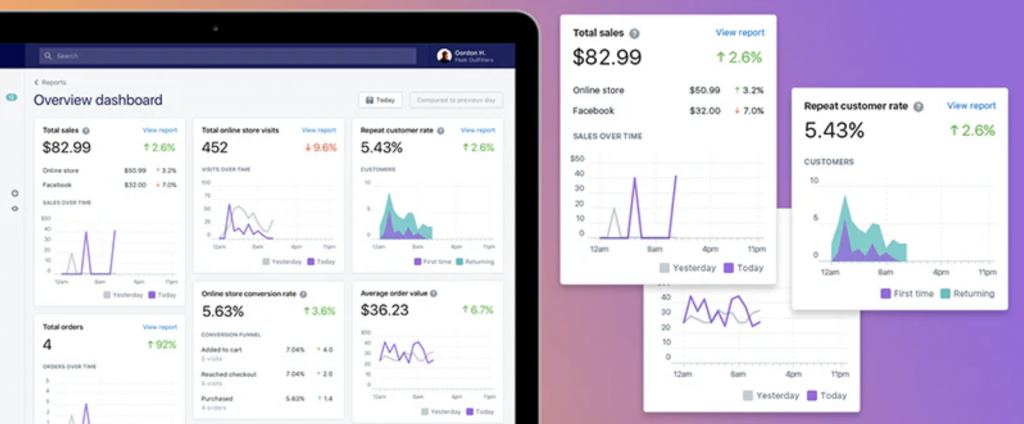
Because if you’re not measuring performance, you’re just guessing.
What you should track:
- Click-through rates (CTR) – Are people interested enough to engage?
- Cost per acquisition (CPA) – How much does each sale cost you?
- Add-to-cart and checkout behavior – Are people dropping off before buying?
- Post-click behavior – What’s actually happening on your landing page?
Tools to make it easier:
- Meta Ads Manager & Google Ads – for top-level ad performance
- GA4 – for funnel behavior, events, and traffic insights
- Ptengine – for heatmaps, scroll tracking, and conversion flows
- Klaviyo – for email performance tied to ad campaigns
- Shopify Reports – for campaign-driven sales attribution
Pro tip:
Set up weekly performance reviews—even if it’s just a quick look at the top 5 metrics. Kill what’s not working, scale what is.
When you combine great creative with smart data, your campaigns get better every week. And that’s where real growth happens.
9. Bonus: Lean Into Seasonal and Time-Limited Campaigns
Seasonal timing adds urgency—and urgency converts. That’s why some of the most effective online advertising techniques for e-commerce happen around moments: holidays, events, weather, or limited-time offers.
When you tap into what your audience is already thinking about, your ads feel more relevant—and they perform better.
Smart seasonal campaign ideas:
- Marathon week? Drop activewear bundles
- Holiday rush? Launch a “gift-ready” collection with fast shipping
- Back-to-school? Promote workspace or wellness essentials
- Weather-based ads (“Rainy Day Deals,” “Summer Essentials”)
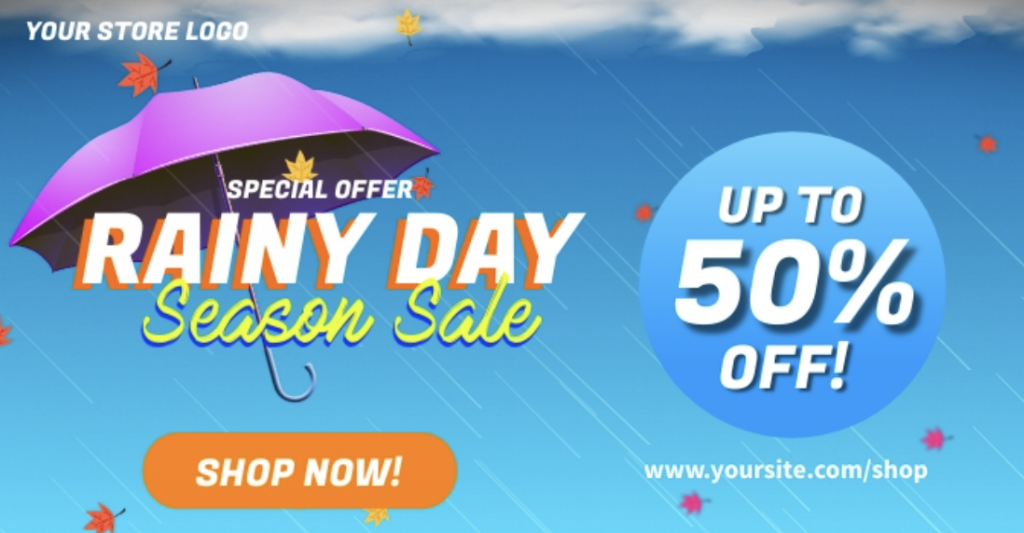
Add urgency without sounding desperate:
- “Ends tonight”
- “Only 50 available”
- “First 100 customers get free shipping”
- Countdown timers in emails or landing pages
Bonus tip:
Combine seasonal campaigns with retargeting for extra lift. Example: A visitor viewed your product last week? Show them a 24-hour promo ad today tied to a seasonal moment.
These time-sensitive hooks give people a reason to act now—not later. And in e-commerce, timing can make the difference between a click and a sale.
Summary: Effective Online Advertising Techniques for E-Commerce Brands
If you’re running ads for your online store, don’t just spend—spend smarter. These effective online advertising techniques are designed to help you cut through the noise, reach the right audience, and convert more clicks into sales.
Here’s a quick recap of what works:
- Target the right people using smart segmentation and behavior data
- Create scroll-stopping creatives that show your product in action
- Retarget with relevance, not repetition
- Test your copy and visuals to find what truly converts
- Use full-funnel campaign structures to meet shoppers where they are
- Match ads with seamless landing pages for a frictionless experience
- Track and adapt using the right tools and data
- Lean into timely, seasonal offers that create urgency
Great e-commerce ads are intentional. They’re based on strategy, backed by data, and built around your customer’s journey—not your guesswork.
Start small, test fast, and scale what works. That’s how you grow.